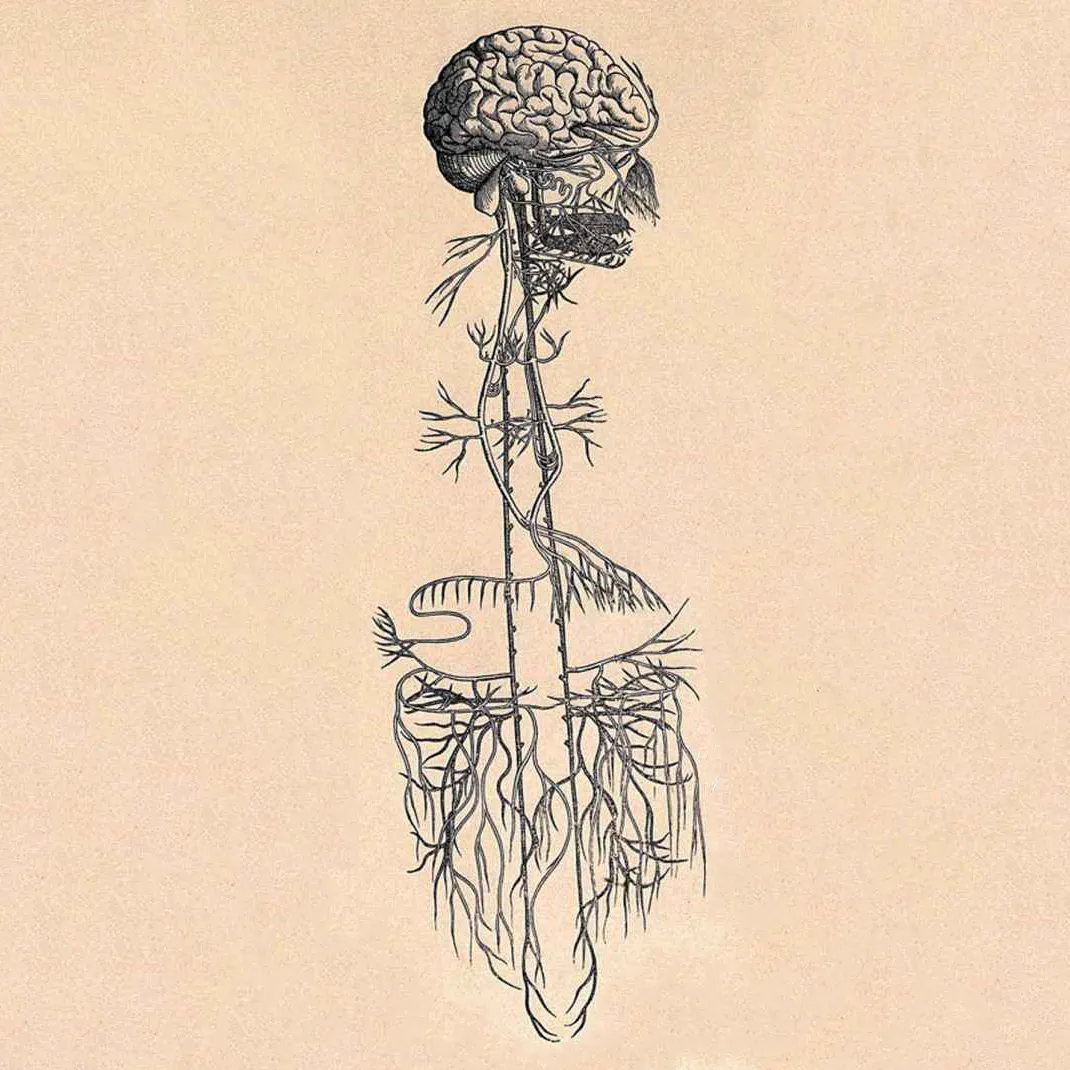Nervous System Healing with Somagetic Practices: Breathwork, De-armouring & Trauma Release
- Nathan Marcuzzi

- Mar 12
- 4 min read
Updated: May 28
Have you ever felt stuck in a loop of stress, anxiety, or emotional numbness, unable to fully relax, but also unable to push forward? This is often not just a mental or emotional issue. It’s a sign of nervous system dysregulation.
Trauma, whether from a single overwhelming event or a series of smaller, persistent stressors, deeply affects the nervous system, changing the way we feel, react, and even experience life itself. But the good news is that, just as trauma shapes the nervous system, healing can reshape it too.
Through breathwork, de-armouring, and ecstatic experience, Somagetic practices support nervous system regulation, helping individuals break free from the cycles of fight, flight, freeze, or collapse and return to a state of ease, presence, and vitality.
Understanding the Nervous System, Trauma and Healing
The human nervous system is designed to protect us. When we perceive a threat (real or perceived) our autonomic nervous system (ANS) kicks in, shifting us into fight, flight, freeze, or collapse mode.
Fight/Flight: Heart rate increases, breath quickens, muscles tense, preparing us to respond to danger.
Freeze: The body becomes immobilized, locking up in an effort to stay undetected.
Collapse: A deep shutdown occurs, disconnecting us from sensation and experience, a protective mechanism against overwhelming pain.
These responses are natural and necessary in the moment of danger. But when they get stuck, i.e. when the nervous system is unable to return to a regulated state, this is when trauma takes hold.
Dr. Stephen Porges’ Polyvagal Theory describes how the vagus nerve plays a crucial role in this regulation. The ventral vagal state allows us to feel safe, connected, and engaged with the world. The dorsal vagal state, on the other hand, can lead to shut-down and dissociation when we are overwhelmed.
Trauma expert Dr. Bessel van der Kolk, in his book The Body Keeps the Score, explains how unresolved trauma is stored in the body, not just as a memory, but as an ongoing physiological state. This is why talk therapy alone often isn’t enough. The body must also be engaged in the healing process.
How Somagetic Work Supports Nervous System Regulation
Somagetic practices focus on working directly with the body to help discharge stored trauma, regulate the nervous system, and restore a sense of safety and vitality. Here’s how:
1. Breathwork: Unlocking Stuck Energy
Breathwork activates the autonomic nervous system, helping to release stagnant energy that may be trapped in the body. Deep, conscious breathing stimulates the vagus nerve, promoting relaxation and shifting the system out of survival mode.
It supports emotional release, allowing unresolved experiences to move through the body.
It improves vagal tone, increasing the ability to return to a state of calm after stress.
It enhances neuroplasticity, helping rewire habitual stress responses.
Learn more about Somagetic Breathwork and how it supports nervous system healing.
2. De-armouring: Releasing Physical and Emotional Blocks
De-armouring helps dissolve patterns of contraction, numbness, and stored tension. Peter A. Levine, founder of Somatic Experiencing, describes trauma as “frozen energy” in the body. By working with breath, pressure points, and movement, de-armouring releases this energy.
Clears fight/flight/freeze/collapse imprints stored in the muscles and fascia.
Enhances nervous system resilience, helping the body recover from stress more easily.
Reactivates sensation, allowing for a greater connection to pleasure and vitality.
Discover the benefits of Somagetic De-armouring in releasing stored trauma and tension.
3. Ecstatic Experience: Repatterning the Nervous System
Ecstatic states can serve as a reset for the nervous system, offering a full-body energetic awakening. When approached with awareness, these heightened states help break patterns of chronic shutdown or hyperarousal, allowing the nervous system to reorganize itself into a healthier, more balanced state.
Expands the window of tolerance, increasing the ability to hold intense emotional experiences without shutting down.
Supports integration, allowing past experiences to be reprocessed in a non-threatening way.
Strengthens the connection to self, promoting deep presence and embodiment.
Explore Somagetic Ecstatic Experience and how it helps repattern the nervous system.
Healing the Nervous System with Somagetic Practices
If you’ve ever felt stuck in stress, numbness, or disconnection, know that your nervous system is not broken, it’s simply responding to past experiences. Nervous System Healing with Somagetic Practices provides a path to restoring balance, helping your body shift out of survival mode and into a state of deep ease and connection.
By engaging in breathwork, de-armouring, and ecstatic experience, you can retrain your nervous system to regulate more effectively, fostering a renewed sense of safety, vitality, and emotional resilience.
If you're ready to experience this firsthand, join an upcoming Somagetic Experience for deep nervous system healing or train as a practitioner to guide others through this transformative work.
Final Thoughts on Nervous System Healing
Trauma is not just a story. It’s a physiological state. But healing is not just a possibility, it’s a natural process that your body is designed for. With the right tools and support, you can move beyond survival mode and step into a life of deeper connection, pleasure, and freedom.
Are you ready to reconnect with your true self?












